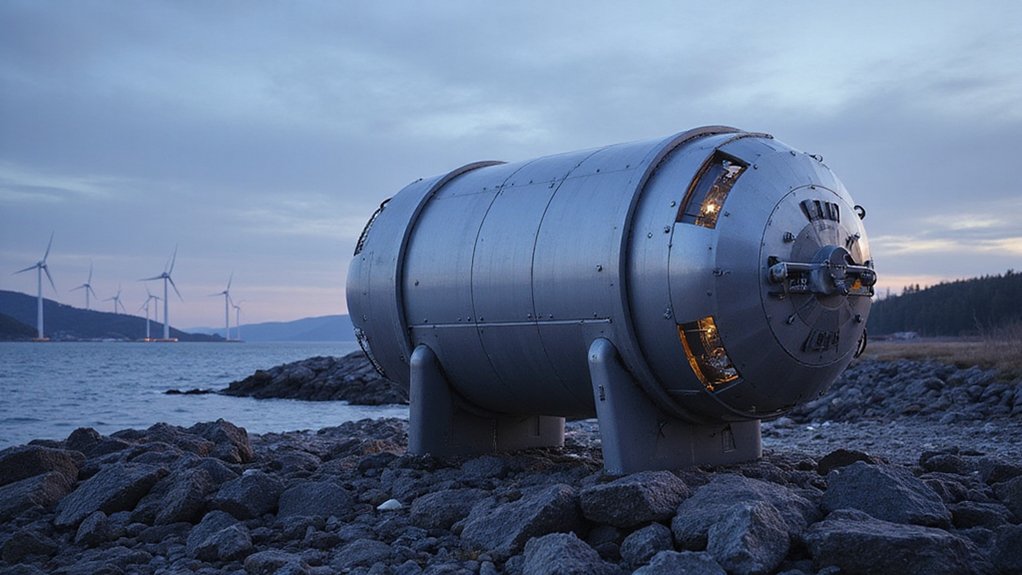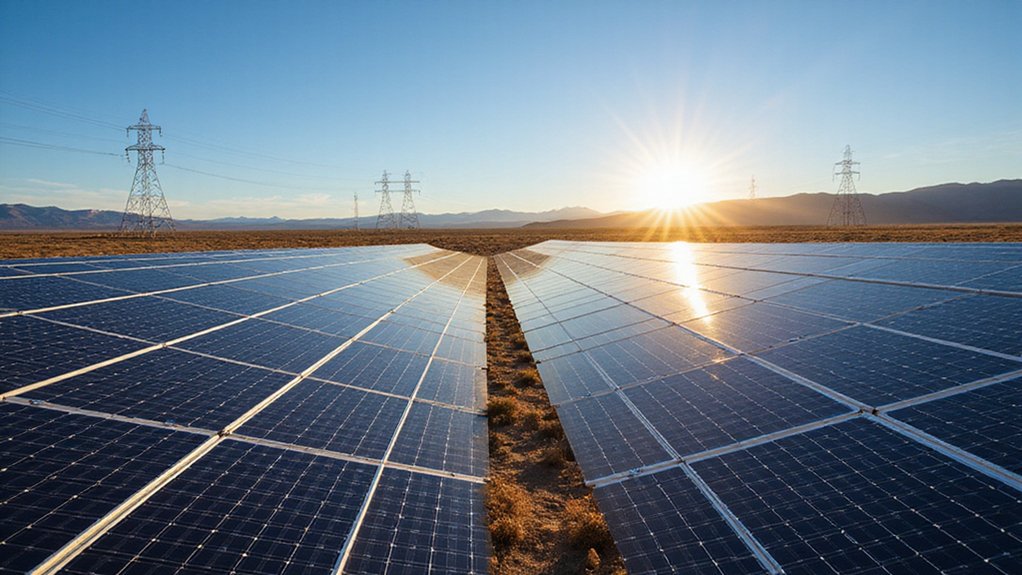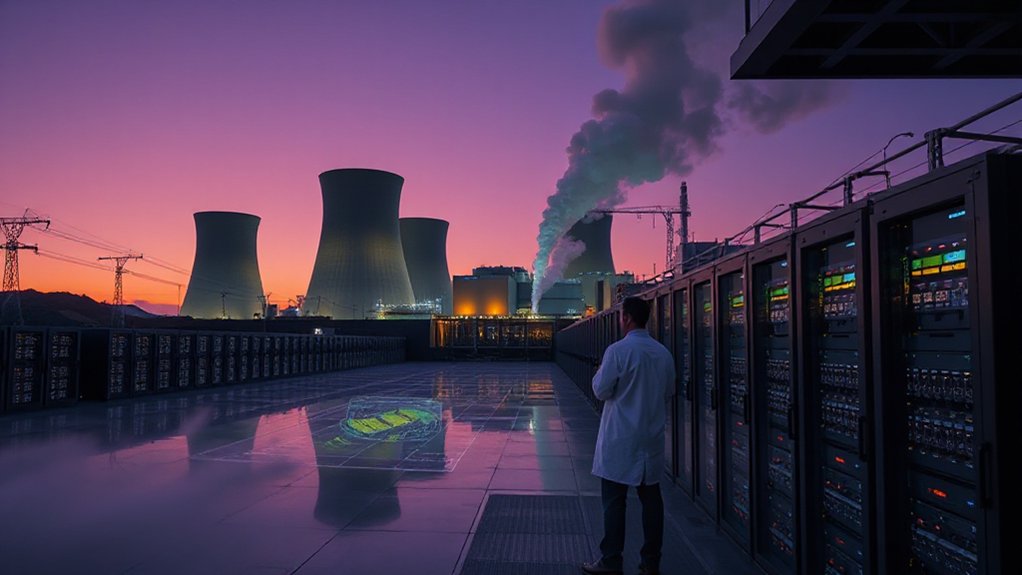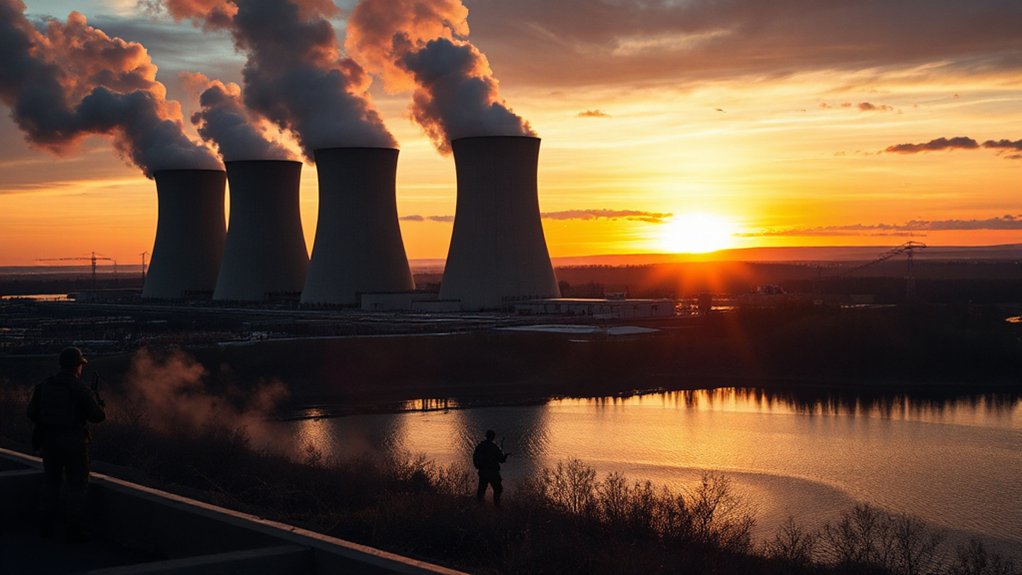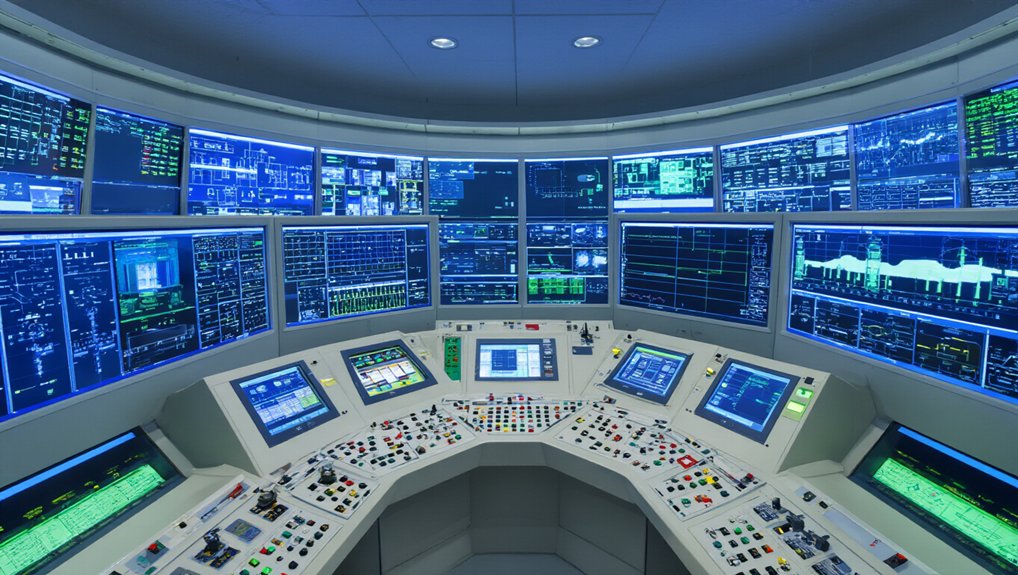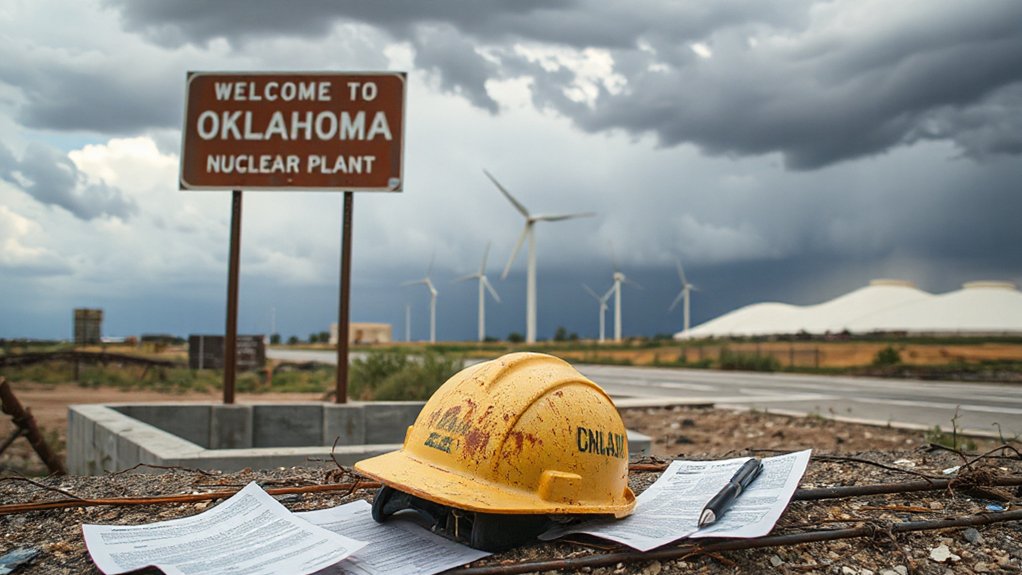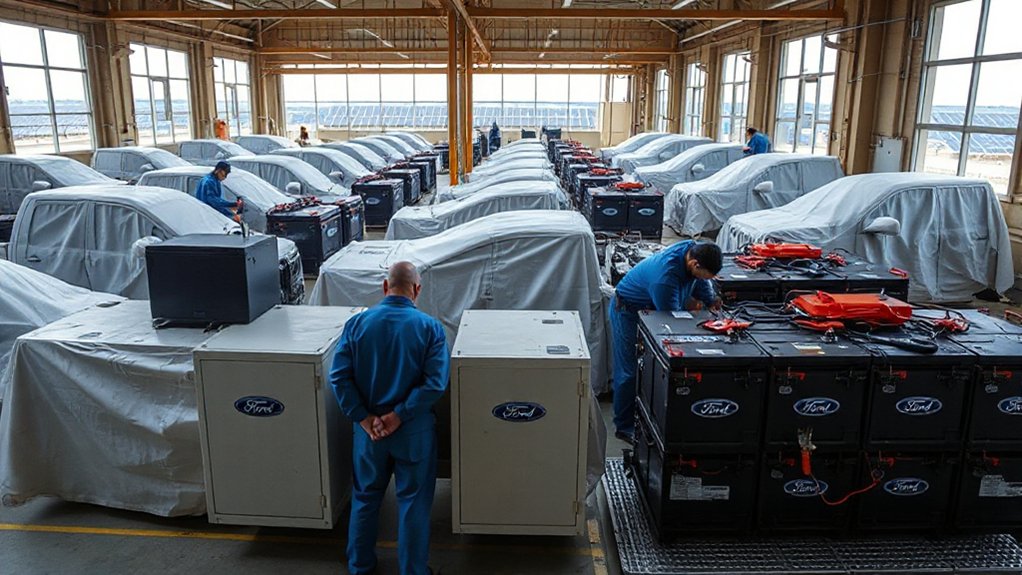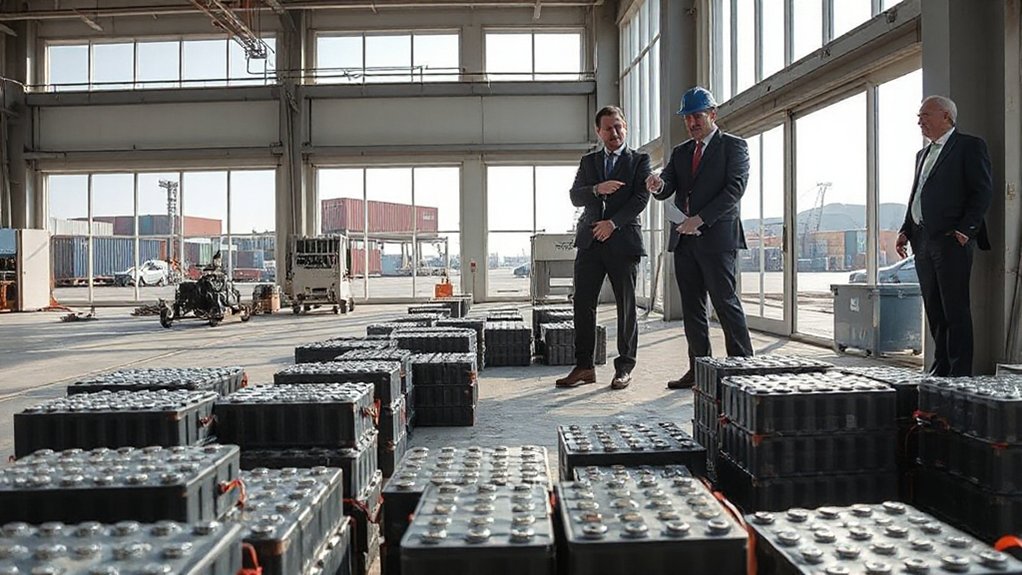After decades of focusing solely on renewable energy, Sweden has dramatically shifted course by embracing nuclear power as a key component of its energy future. In June 2023, the Swedish parliament approved a major policy change from “100% renewables” to “100% fossil-free” energy sources, opening the door for nuclear expansion.
The government is backing this shift with serious money. They’ve committed around $36 billion in credit guarantees for nuclear investments. They’ve also removed limits on how many reactors can be built and where they can be located.
Small Modular Reactors (SMRs) are at the center of Sweden’s nuclear revival. Vattenfall, a major energy company, plans to build 3-5 SMRs at the Ringhals power plant on the Värö Peninsula. These mini-reactors will deliver about 1,500 megawatts of power, equal to two large reactors but with faster construction times and lower costs. The new reactors benefit from proven technology from established suppliers like Rolls-Royce and GE Vernova.
Sweden’s nuclear future hinges on Small Modular Reactors, with Vattenfall planning multiple units that promise faster deployment and cost efficiency.
After reviewing 75 candidates, Vattenfall has narrowed its search to two potential SMR suppliers: GE Vernova from the US and Rolls-Royce from the UK. GE’s BWRX-300 model is already under construction in Canada and planned for the US and Poland.
Sweden is also developing its own SMR technology. A company called Blykalla is building a pilot facility near Oskarshamn that should be running by 2029. Their long-term vision is ambitious – up to 1,000 SMRs by 2050. This approach contrasts with Germany’s recent investment in fusion technology which aims to transform former nuclear sites into clean energy producers.
Major Swedish industrial companies have formed a consortium called Industrikraft to partner with Vattenfall on these nuclear projects. They believe close cooperation between government and industry is essential for success.
Sweden’s energy needs are expected to double by 2045. The new nuclear plants will help meet this growing demand while supporting the country’s climate goals. This nuclear revival represents a significant turnaround since Sweden has been a net exporter of electricity since 2013. With parliament’s full backing and significant financial support, Sweden is positioning itself as a leader in the next generation of nuclear power.
References
- https://brusselssignal.eu/2025/08/sweden-moves-ahead-on-plan-for-new-nuclear-power-plants/
- https://world-nuclear.org/Information-Library/Country-Profiles/Countries-O-S/Sweden
- https://www.gevernova.com/news/press-releases/bwrx-300-nuclear-small-modular-reactor-down-selected-vattenfall-sweden
- https://group.vattenfall.com/press-and-media/newsroom/2025/vattenfall-selects-suppliers-on-the-journey-towards-new-nuclear-power
- https://world-nuclear-news.org/articles/blykalla-and-research-institutes-of-sweden-partnership
